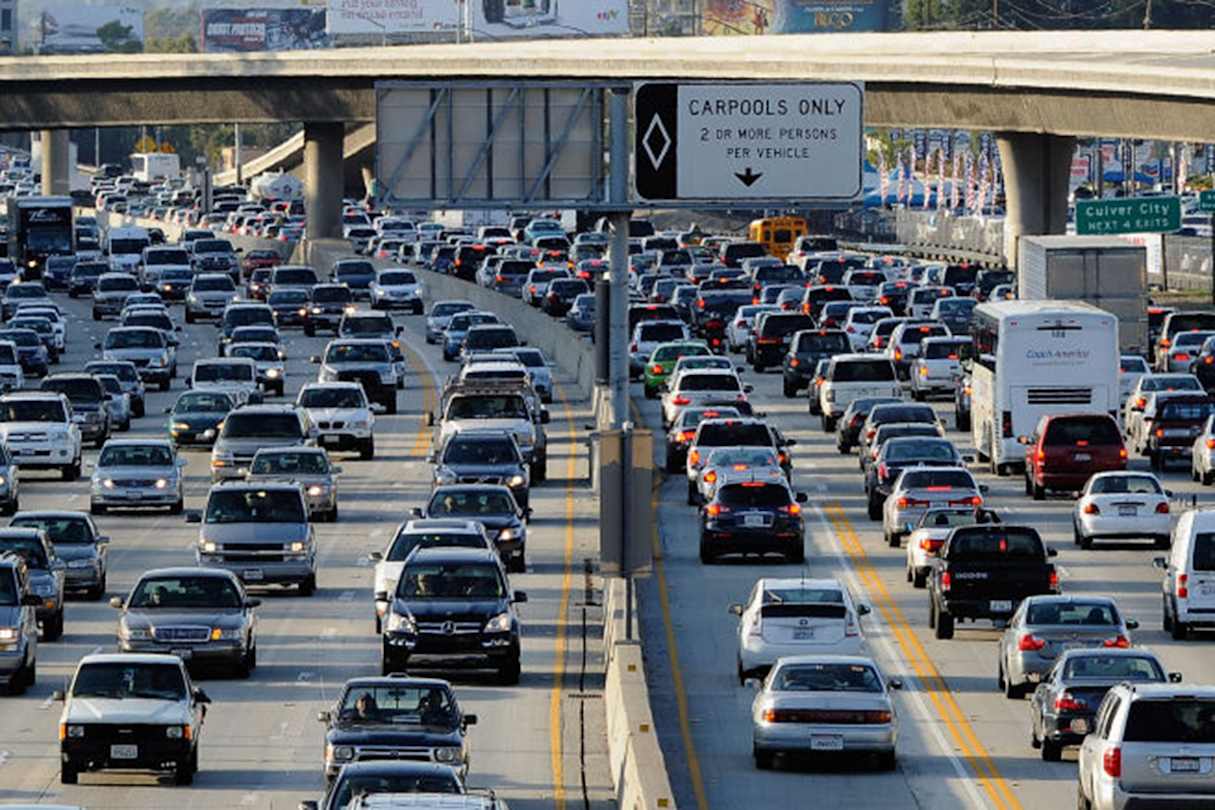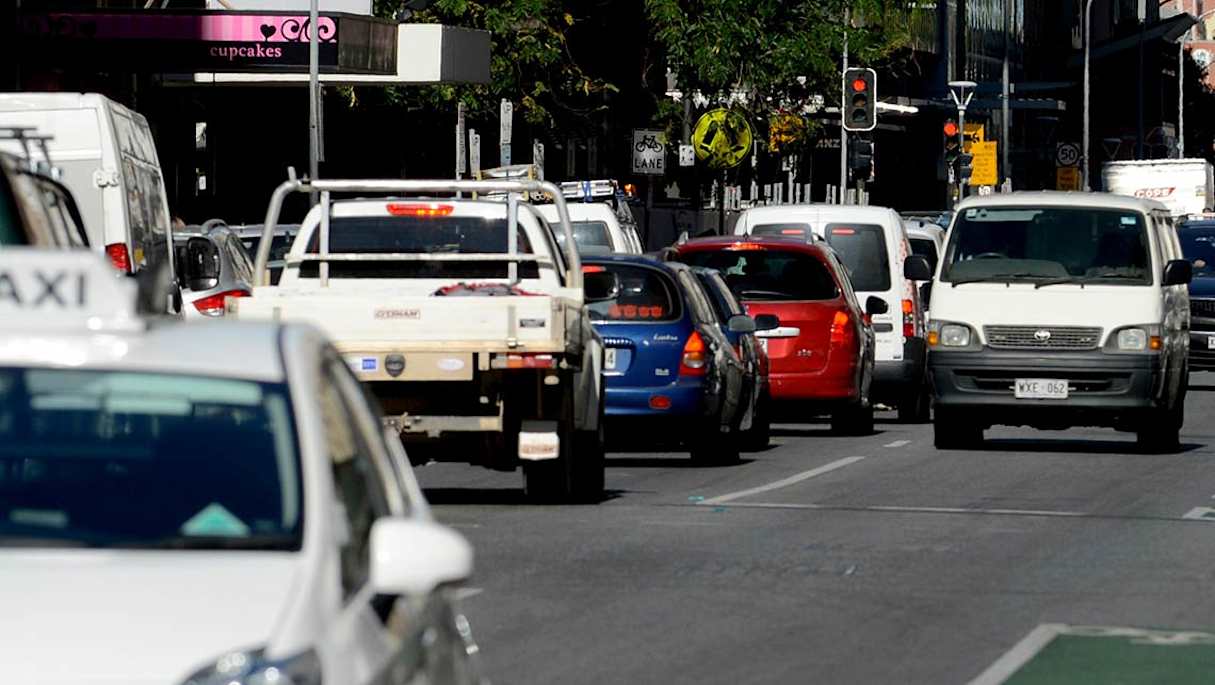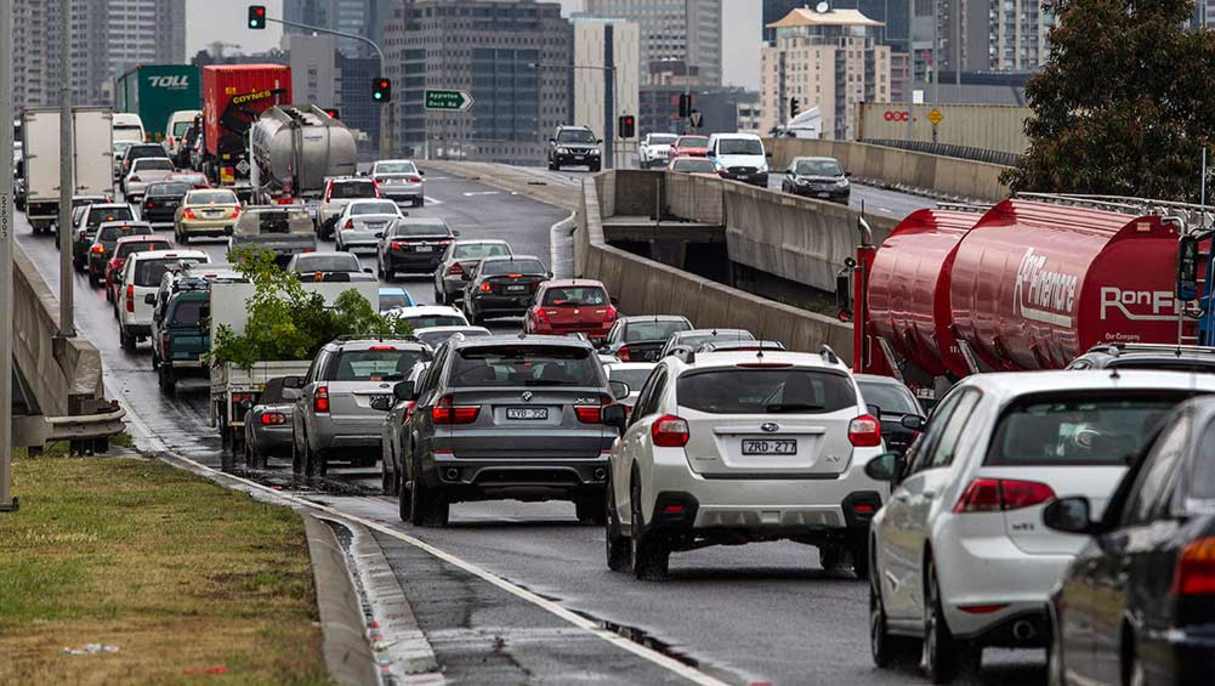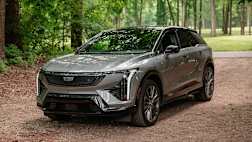We’ve all felt it: the boiling, impotent and yet unstoppable rage of being stuck in traffic, particularly the kind of congestion and jams that seem to make no sense - there’s no broken-down truck blocking a lane, no ill-timed police operation ruining our morning, just the sheer, overwhelming volume of traffic.
For people who live in our big cities, it’s a part of day-to-day life, and for those who only occasionally visit it’s a kind of mystifying madness. But how bad is road traffic in Australia, on a scale of cities with the worst traffic, globally?
Perhaps the most detailed, and appropriately named, research was conducted by IBM back in 2010, under the banner of the Commuter Pain Index. The CPI looked at the emotional and economic toll of commuting in traffic, and gave a rating of between one and 100 based on the amount of ‘pain’ caused to commuters. Predictably, the Index found that Sydney had our highest national score, at 40, ahead of Brisbane at 34, and Melbourne at 32.
To put that into context, however, it’s important to consider that Beijing and Mexico City both scored 99, with Johannesburg not far behind on 97.
While it’s hard for us to imagine just how stressful driving in Beijing is (unless you’ve visited; on one occasion I was asked to get out of a bus and just walk; six hours later when I returned the bus was still locked in the same jam, utterly marooned), it seems logical that we’re all stressed enough by what we do know. The CPI study found that four out of five Australians found commuting by car frustrating.
Perhaps surprisingly, Brisbane drivers claimed to be the most enraged of all, with 90 per cent of respondents saying that traffic increased their stress levels, followed by Adelaide traffic at 81 per cent, Melbourne and Sydney at 74 per cent, with Perth traffic a blip behind at 73 per cent. It seems likely that residents of bigger cities are less stressed because they kind of expect it.
Cities you wouldn’t want to move to

There are many ways of measuring traffic and as such there are many different answers to the question of which cities have the worst traffic in the world, but there are a few places, and a few countries in particular, that crop up again and again, no matter how the measurement is done.
In short, living in a city like Los Angeles, or any city in the world’s most populous nation - China - and driving by car is never going to be a lot of fun. Not only has China got the most people on the planet, it also has some of the most congested cities in the world.
An index recently created by an oil company, which can only benefit from congestion when you think about it, Castrol’s Magnatec Stop-Start Index, used TomTom’s navigation data to measure how many times cars started and stopped per kilometre in 78 countries, which they multiplied by the average distance driven in those nations to come up with an effective traffic-jam total.
According to the Caltex data, Jakarta in Indonesia has the most horrific traffic on Earth, with approximately 33,240 stop-starts per year, followed by Istanbul in Turkey (32,520) and Mexico City (30,840).
Other notable mentions go to St Petersburg (29,040) and Moscow (28,680) in Russia, as well as Rome (tied at 7th on 28,680) and Bangkok in Thailand (27,840).
By comparison, Brisbane somehow managed to sneak into the 10 Best Cities on Earth for traffic, with just 6960 stop-starts placing it at number five (Tampere, in Finland, is the world’s most pleasant city to drive in, allegedly, at just 6240).
Brisbane somehow managed to sneak into the 10 Best Cities on Earth for traffic.
Incredibly, using those figures, no American cities make the top 10, but the US really does step up and wave its congested flag in the air if you use other metrics.
A company called INRIX provided a Global Traffic Scorecard for 2016, which ranked cities based on the average hours spent in congestion, mated to the average percentage of driving time residents spent in those congested conditions.
Using those figures, Los Angeles, inarguably one of the worst places to drive on Earth, came in at number one, with 104.1 hours a year spent in clogging traffic by the typical motorist, or 13 per cent of their total driving time. Think about that - it's almost four-and-a-half days per year.
Moscow came in second (91.4 hours and a choking 25 per cent), followed by New York (89.4 hours, 13 per cent) and San Francisco (82.6 hours and 13 per cent) before South America got involved via Bogota and Sao Paulo, followed by London and Paris (a mere 65.3 hours and 11 per cent).

When you measure the cost of that congestion in terms of wasted time and fuel, INRIX estimates the cost to Los Angeles alone at $US9.7 billion, or $2408 for every driver on the road.
Interestingly, INRIX also calculates a list of the most congested countries in the world, based on hours spent in congestion, and Australia failed to make even the top 15 in 2016.
By that list, Thailand is the worst country in the world to drive, with 61 hours a year spent in peak-hour congestion by the average motorist, followed by Colombia, Indonesia, Russia, the US, Venezuela, South Africa, Brazil, Puerto Rico, Turkey, the UK, Germany, Slovakia and Canada, while even tiny Luxembourg, at 28 hours per year, rates above us. Or below, depending how you look at it.
Using sat nav data, which can track how fast any car is moving on any given day, seems a fairly reliable system and TomTom conducted its own study in 2016, across 390 cities and 48 countries, to measure which localities had the worst evening rush-hour traffic.
Those figures showed Bangkok as the world’s worst, followed by Mexico City, Bucharest in Romania, Jakarta, Moscow, Chongqing (China), Istanbul, St Petersburg, Zhuhai (China) and Santiago in Chile.
If you follow the numbers all the way down to 15th spot (Beijing), China takes up six of the world’s worst cities.
What about us?

As you might expect, there seems to be plenty of argument, and statistical divergence, about which city in Australia has the worst traffic, with the age-old fight being carried out between Sydney and Melbourne.
Surprisingly, though, it is Adelaide that takes the poo-flecked wooden spoon for worst road.
The Austroads Congestion and Reliability report found that Sydney laid claim to seven of the country’s slowest-moving roads, but Adelaide’s King William Street turned out to be the worst of all, with an average speed of just 13.5km/h, followed by Harris Street in Sydney’s Pyrmont, at 14.5km/h. Punt Road in Melbourne came third at 16.1km/h.
Sydney’s other biggest losers included Lane Cove Road, Epping Road, Homebush Bay Drive, the Eastern Distributor and the hilariously named Cahill Expressway.
Despite those figures suggesting Sydney traffic is the worst, a study by Grattan Institute Traffic Program Director Marion Terrill, which used Google Maps to track 300 driving routes in both Sydney and Melbourne, found that our southern city was actually the most congested, despite its smaller population.

Her research found that Melbourne’s roads are particularly awful if you’re heading from the CBD into the north-east suburbs, including South Morang, Epping or Heidelberg West.
A trip through Melbourne to its CBD in peak hour would take 70 per cent longer than it would when traffic is flowing freely.
Ms Terrill also found that afternoon peak hour in both Sydney and Melbourne traffic took around 55 per cent longer than a drive during free-flow times.

“There’s no such thing as peak hour in the afternoon. It is any time between 3.30pm and 6.00pm,” she said.
One alarming statistics is the the number of vehicles travelling in Australian cities has grown almost tenfold in the past 70 years, and there’s no end in sight to that growth, as Australians buy 1 million new cars a year, and our public transport infrastructure struggles to keep up.
A report last year from the Committee for Economic Development of Australia suggested congestion would cost the nation more than $50 billion in lost productivity by 2031 if it is not fixed.
Austroads has also found there have been significant falls in the average speeds we’re driving at in Sydney, even since 2011. With the population of our biggest city climbing to almost 5 million, and a genuine rail network still an implausible dream, the average speed on the Warringah Freeway, for example, has decreased by 13.7km/h during the morning peak hour.
The average speed on the entire Sydney road network, including its so-called freeways, is just 72.5km/h, which is even slower than a vastly more populated city like New York, at 76.6km/h.
Canberra traffic doesn't rate a mention (must be all those roundabouts), nor does Hobart traffic or Darwin traffic.





.jpg)
.jpg)



.jpg)
.jpg)






.jpg)



.jpg)




